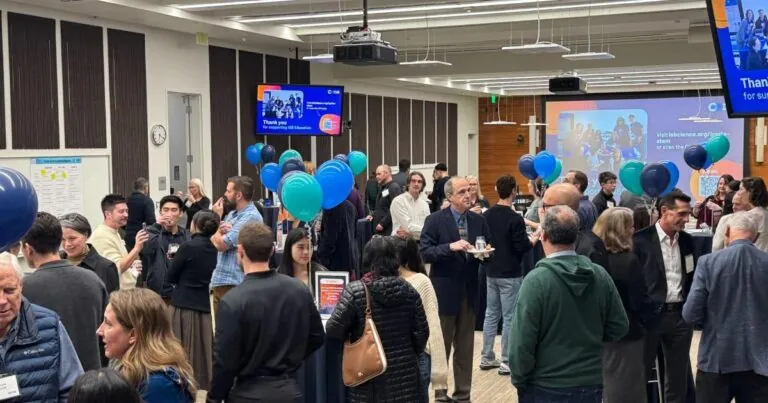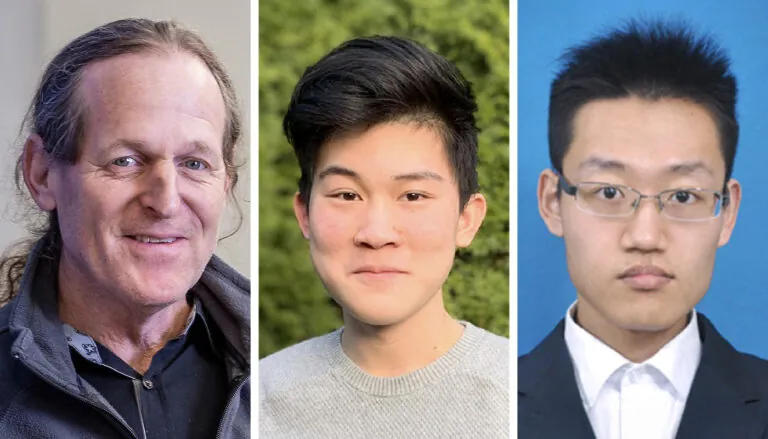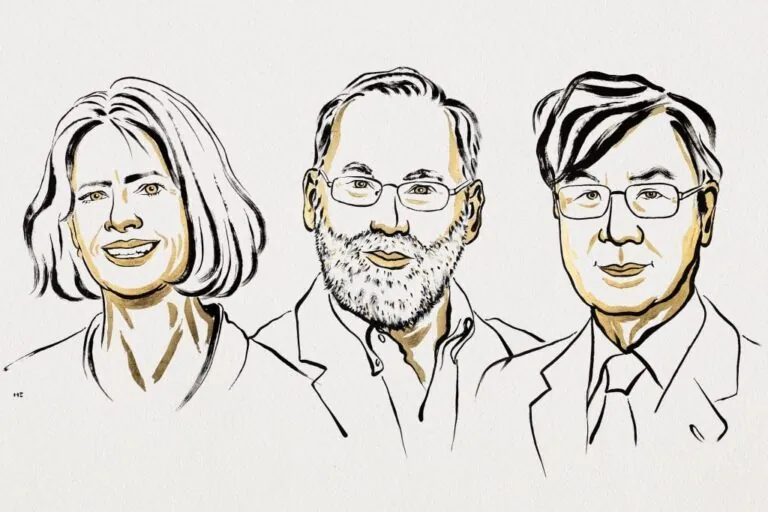
2025-26 School Year ISB Education Highlights
ISB’s education initiatives continue to grow, from a vibrant Ignite STEM celebration to expanded curriculum use, new modules, active teacher communities, and 10 student researchers in ISB labs. This roundup highlights milestones that showcase the reach and impact of ISB’s education mission across Washington.




